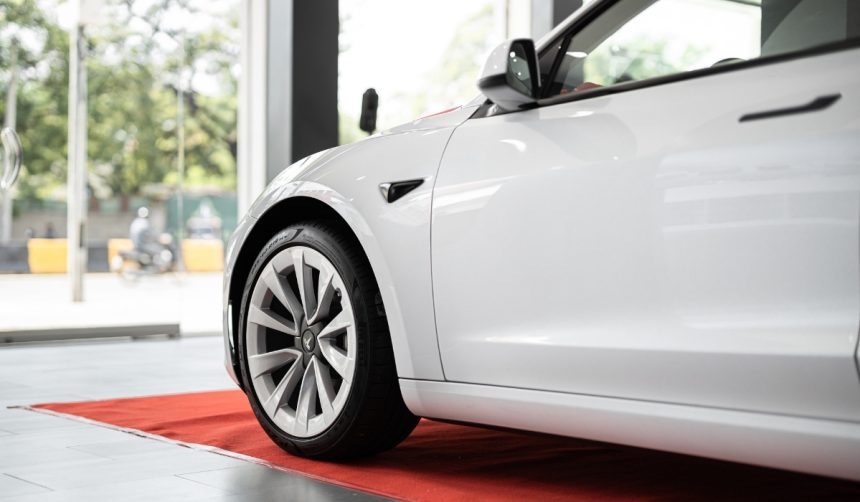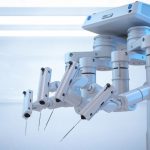Less than three days into the launch of Tesla‘s Robotaxi platform, a significant event occurred that could influence public perspectives on autonomous vehicles. During a ride in Austin, Texas, Tesla’s much-anticipated Robotaxi encountered a situation that required in-person intervention from the onboard safety monitor. The incident, shared widely online, has drawn attention to the real-world challenges faced by driverless tech and reminded the industry and public of the importance of human oversight during new system rollouts. Interest in the Robotaxi’s performance remains high as tech analysts and consumers weigh the promise of full self-driving capabilities against observed operational hiccups.
Other reports about Tesla’s self-driving launch had previously centered around software-driven decisions, such as maneuvers across yellow lines or misses at turn lanes without direct safety monitor involvement. Concerns emerged about the legality and ethics of such maneuvers, though reports emphasized these actions closely mirrored typical human driving under pressure. Earlier coverage lacked clear evidence of incidents where human monitors needed to actively override the autonomous system, making this week’s event a noteworthy milestone.
What Led to the Intervention in Austin?
The latest video surfaced when investor and YouTuber Dave Lee took a Tesla Model Y Robotaxi ride in Austin. During the journey, the autonomous vehicle misread the intentions of a nearby UPS truck that was attempting to parallel park. The safety monitor, positioned in the passenger seat, identified the confusion and pressed the “Stop in Lane” button on the center touchscreen, bringing the Robotaxi to a halt. The scenario highlighted a possible gap in the vehicle’s ability to predict complex, real-world parking dynamics, especially when large vehicles attempt tight maneuvers.
How Did Tesla Respond to Intervention Needs?
Tesla currently requires a safety monitor to be present on every Robotaxi ride, underscoring the company’s ongoing commitment to safety. CEO Elon Musk has publicly stated the importance of, “real-world monitoring during these early stages,” as the company observes and refines the system.
“Safety is always the top priority,” Musk reiterated during a recent press briefing.
These precautions signal Tesla’s recognition that, despite technological progress, unexpected situations can arise that necessitate human judgment.
Are Other Autonomous Fleets Facing Similar Challenges?
Tesla is not alone in dealing with unpredictable traffic environments. Waymo, for example, has experienced incidents in which its autonomous vehicles became immobilized or made unusual movements at intersections. Such episodes reinforce the widespread acknowledgment that fully autonomous vehicle technology still requires further development and careful monitoring. Experiences from different brands, including Google’s Waymo and General Motors’ Cruise, suggest a trend in which safety intervention remains a central aspect of autonomous vehicle testing and early deployments.
In the broader context, the Austin incident provides valuable data regarding the operational reliability and limitations of Tesla’s Full Self-Driving software suite during public trials. The quick action taken by the safety monitor prevented further complications and demonstrated the practical value of keeping humans in the oversight loop as the technology matures. While the incident featured typical city driving challenges, such as unexpected parking moves by large vehicles, it illustrated the unpredictability of shared roads and the need for advanced risk mitigation.
Observing interventions like this benefits both engineers and regulators, who can use these edge cases to guide improvements in perception algorithms and risk assessment protocols. For readers considering or evaluating autonomous products such as Tesla Robotaxi, Waymo, or Cruise, it is essential to keep realistic expectations about the current capabilities of these technologies. Human insight remains essential as the systems evolve, and planned oversight should continue until reliability reaches universally accepted safety standards. Lessons learned here will further inform updates to remote monitoring processes, rider safety guidelines, and local regulatory frameworks, all crucial as autonomous mobility reaches more urban centers.










